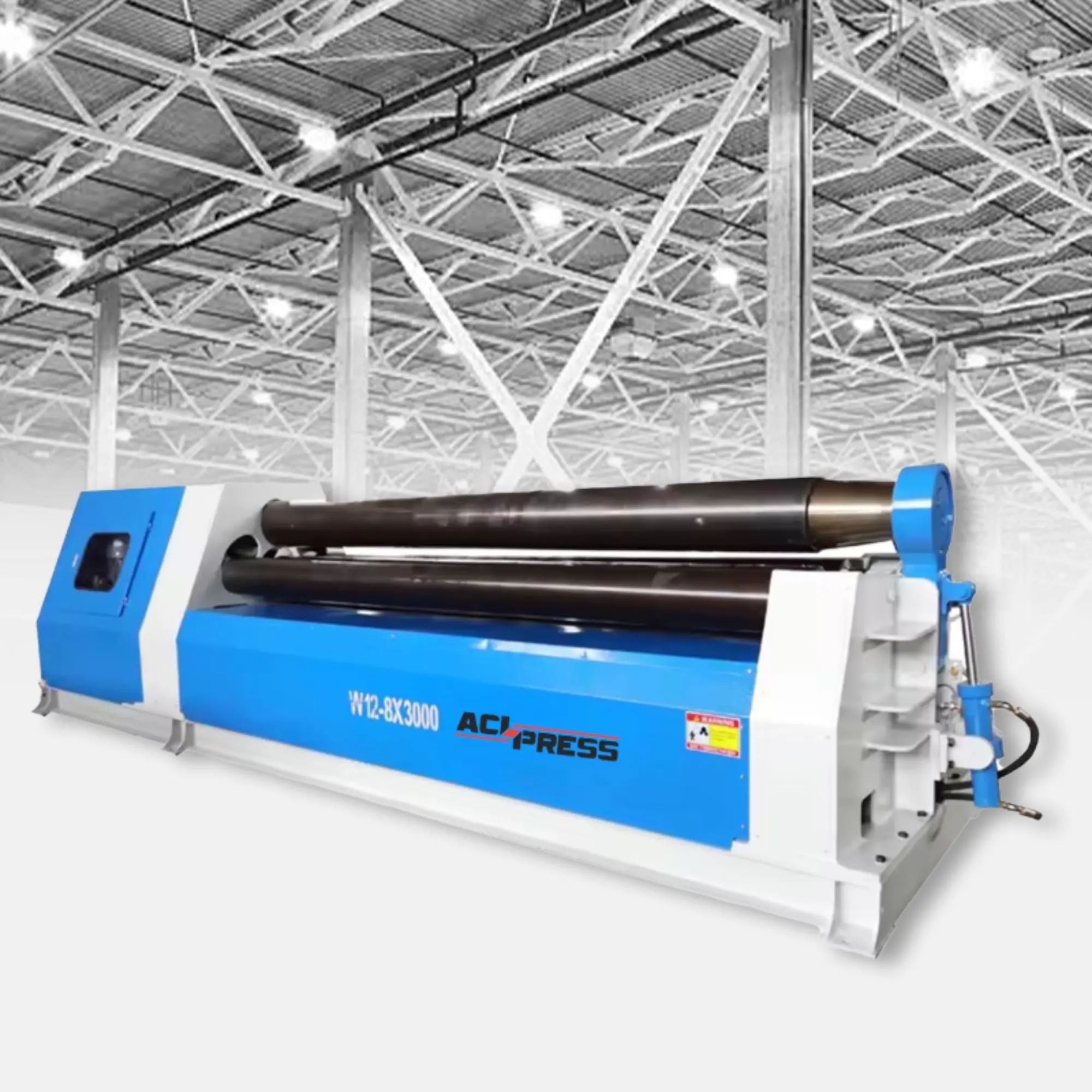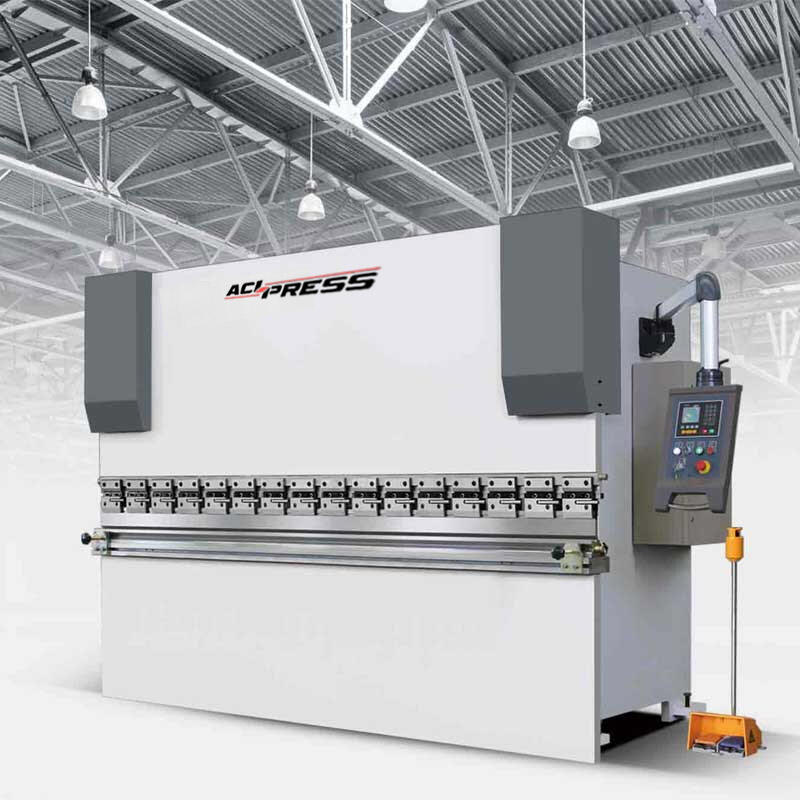What is the working principle of the rolling machine
Imagine a bending machine like a skilled sculptor, while steel plates are materials waiting to be shaped. This sculptor 'has three or four hard' fingers' - work rollers, which are driven by powerful motors and can rotate at high speeds.
When the steel plate is fed into the rolling machine, these "fingers" will start working. Apply downward pressure to the upper roller and press the steel plate into the gap between the lower rollers. As the roller rotates, the steel plate is gradually bent to form the desired curvature.
The working principle of a rolling machine may seem simple, but in reality it contains precise mechanical structures and complex control technologies. For example, in order to ensure the accuracy of rolling, the gap and pressure of the work roll need to be precisely adjusted according to the thickness and material of the steel plate. In addition, some advanced rolling machines are equipped with CNC systems, which can achieve automated operations, further improving production efficiency and product quality.
In summary, the rolling machine shapes steel plates into various shapes of curved parts through the rotation and pressure of the work rolls, providing important technical support for the development of modern industry.

Recommended Products
Hot News
-
A Guide to Eliminating Laser Cut Burr and Slag
2024-05-16
-
Performances of CNC press brake machine
2024-05-24
-
How to tell and choose torsion axis press brake machine and electro-hydraulic CNC press brake machine
2024-06-20
-
Mastering Metal Bends: The Indispensable Press Brake Machine
2025-02-08
-
Shearing Machine Maintenance Tips to Extend Equipment Lifespan
2025-02-08

 EN
EN
 AR
AR
 NL
NL
 FR
FR
 DE
DE
 IT
IT
 JA
JA
 KO
KO
 PT
PT
 RU
RU
 ES
ES
 TL
TL
 ID
ID
 VI
VI
 TR
TR


